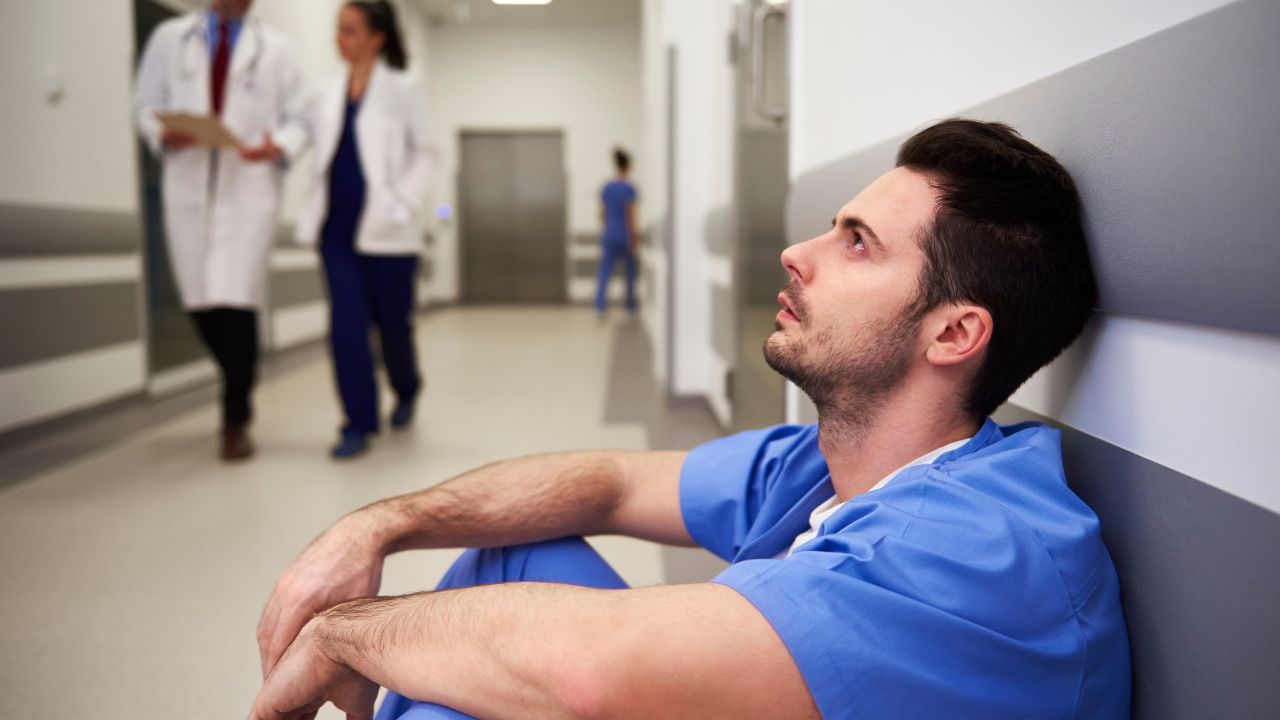Mass shootings are on their way to becoming a normalized event in American society. As such, many people are beginning to fear public places such as movie theaters, shopping malls, schools, concert venues, and places of worship.
During the last week of July 2019, carnage broke out in California at the Gilroy Garlic Festival, which was followed up just a week later by the tragic El Paso, Texas, and Dayton, OH shootings. In fact, over that weekend of August third and fourth, two mass shootings occurred within 24 hours of each other claiming 29 lives and leaving another 53 injured.
In light of this rapid uptick in gun violence, many countries are now adding travel advisories for the United States. In fact, Amnesty International deemed the outbreak in mass shootings “human rights crisis.”
As more of these events take place, it becomes clear that these incidents do not discriminate and they can happen to anyone, anywhere, anytime. Mass shootings are not limited to major U.S. cities. The Dayton, Ohio shooting served as a real wake-up call that even smaller towns can experience these kinds of events. They're random in nature.
Hospitals Prepare for Mass Shootings
As a result of the recent uptick in mass violence, the public has become more aware, and nationwide, hospitals and law enforcement agencies are re-evaluating how nurses, doctors, and first responders prepare and respond to mass casualties.
The University Medical Center of Southern Nevada (UMC) is the perfect example of a hospital that is implementing a meticulous disaster plan. Considering this facility is the only level-one trauma center in the entire state, it makes sense that they received 104 patients after the mass shooting on October 1, 2017, when a man opened fire at an outdoor country music festival. From that event, there were more than 58 people that were killed and 800 others who were injured.
Even though Dr. John Fildes was a trauma surgeon with more than 20 years experience under his belt, nothing that he learned in his years at medical school or line of work could have prepared him for the sheer magnitude of patients and the extent of their injuries that he experienced on that fateful night.
His shift has only begun minutes after the gunfire stopped at the Route 91 Harvest Festival, which has gone down in history at the deadliest mass shooting in modern US history. Just minutes after the shooting stopped, tens of concert-goers streamed into the hospital clinging for their lives. Soon after, people started arriving in droves with bodies that had been punctured by high-velocity shotguns via taxis, trucks, ambulances, private cars, buses, Ubers, and Lyfts. Some of the victims even arrived at the hospital on foot.
This particular hospital had drills for mass casualty incidents previously for things such as chemical spills, shootings, or plane crashes - but this real-life scenario was on a much larger scale than ever was rehearsed. Fildes said:
“There have been a number of things over a number of years that we’ve had to respond to where we saw a few dozen patients all at once but this was the biggest one. Not only is it the biggest one we’ve ever done, but this is actually the biggest one in U.S. history. We didn’t expect that volume of patients, but because our plan was flexible it allowed us to expand into other areas of our hospital and continue accepting wounded patients.”
How Hospitals Prep Their Staff for Mass Shootings
The surgeons, physicians, medical residents, and fellows operated on the huge amount of patients throughout the night - the next day - and beyond. Every one of the 104 patients who arrived with survivable injuries did, in fact, survive.
After events like this occur, it's not just the patients and the families that are affected, but so are the nurses and doctors who cared for the patients. The very next day, there was the initiation of mandatory counseling for the staff members.
Since this event, UMC has taken their protocols for mass casualty preparedness up a notch. Drills played out by staff members of UMC now involve a much higher simulated load of patients that could come in for treatment following a mass shooting or other type of mass casualty event.
Most Hospitals are Unprepared for a Large Influx of Patients
Last year, a poll was conducted by the American College of Emergency Physicians (ACEP) that showed approximately 93 percent of physicians believe that their hospitals' emergency department is not "fully prepared" to take in a large influx of patients if there were a man-made catastrophe, natural disaster, or another mass-casualty incident.
In the wake of the recent El Paso, Dayton, and Gilroy shootings, the American College of Emergency Physicians (ACEP), the American Medical Association (AMA), and other health and physician organization have stressed that gun violence is a public healthcare crisis. In a statement, the AMA president Patrice Harris said:
“The frequency and scale of these mass shootings demands action."
Emergency Plans and Drills Help Hospitals Prepare for the Unthinkable
History keeps repeating itself, and while many people in the nation are waiting for lawmakers to take action, hospitals and healthcare facilities are taking matters into their own hands. They are training hospital staff and nurses how to respond in the event of a mass shooting or mass-casualty event.
Earlier in 2019, medical students and residents in Ohio took part in an active shooter drill in a classroom setting in which a police officer acted as a live shooter by firing blanks from a gun. As part of the drill, several of the students were the simulated victims and others were the caregivers. This also provided an interesting perspective from the victim's point of view and served as a reminder of how to treat such patients.
An emergency medicine physician and professor at Ohio State University's Wexner Medical Center, Dr. Nicholas Kman, told Salon that the exercise was stress-inducing, but it gave the students hands-on experience providing care for injuries as they happened. Kman said, "If you do these drills enough, when the real thing happens it actually feels a bit like a drill." He also explains that by having students serve as victims, they also get a better view of the “victim’s side of the response — how we show compassion, how we treat each victim like a person, how quick we are with taking care of the bleeding."
A pediatric emergency medicine physician with New York-Presbyterian Weill Cornell Medical Center, Dr. Kevin Ching, felt that nationwide preparedness for disasters, in particular, pediatric care, remains grossly inadequate. Because of this, he co-founded BASE Camp, which is basically a pediatric emergency medicine "boot camp." The event is hosted annually, and it allows fellows, pediatric nurses, and physicians to practice treating a large influx of critically ill children with the use of real-life mannequins that talk, bleed, cry, and move their faces. He said he developed the program because:
"Emergency departments are now being challenged to prepare for acts of large-scale violence, like school shootings."
During the two-day training exercise, participants respond to more than 20 critically wounded trauma "patients" amid a hospital that is completely packed with screaming infants, wounded children on stretchers, and panicked parents scrambling to find their kids. Ching also stated that:
“It’s just mass chaos in the room, [but] it’s a means for people to practice something that hopefully never happens. How do you really prepare for something like this unless you’ve actually had the chance to experience it? You want to be prepared as best as you can.”
A New Jersey hospital has staff members that are confident they could handle a large influx of trauma patients. The security director of Robert Wood Johnson University Hospital (RWJUH), Rebecca Hotz, said that these active shooter drills may be frightening, but “the fact that we don’t shy away from them and that we are open about education and preparedness” has created a sense of confidence among the hospital staff that they are ready to handle such an event. The trauma director at the hospital, Dr. Rajan Gupta said that:
“Being an active part of an emergency preparedness plan just makes you aware of the new reality that we live in. This is a new reality. It’s occurring all too frequently and it makes all of us realize how important it is we are well prepared.”
Unfortunately, this is the new reality we live in today. Hospitals must be prepared to manage a mass casualty event, and at Elite Specialty Staffing, we commend the efforts of healthcare providers across the nation who are exercising these drills. We are also prepared to send travel nurses anywhere in the nation that needs help in the event of a disaster that may last a period of time.









.jpg)

.jpg)


